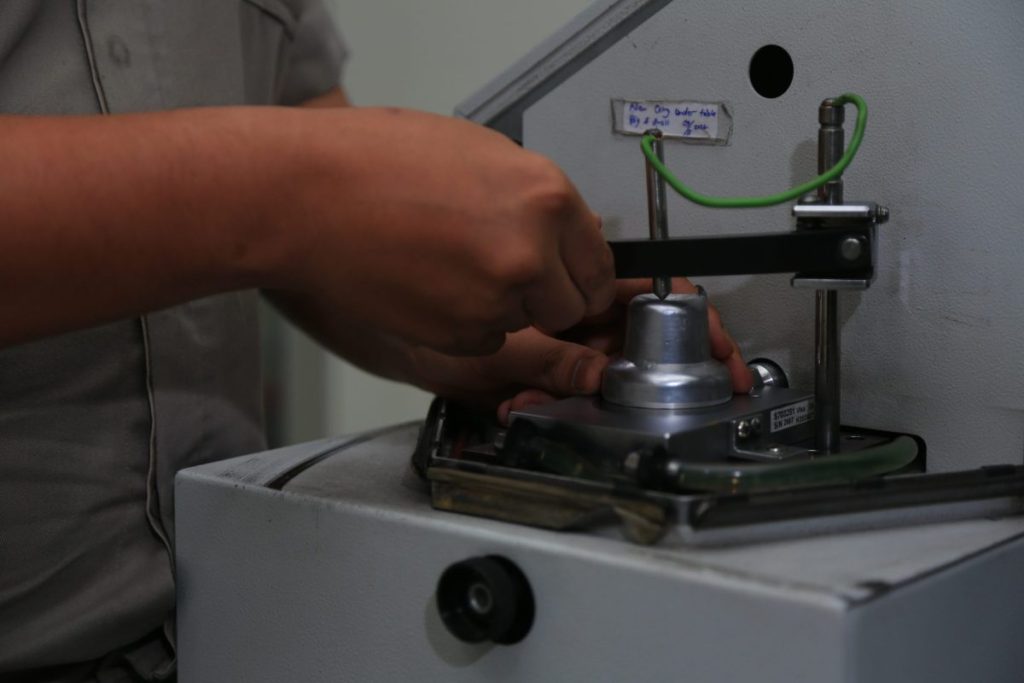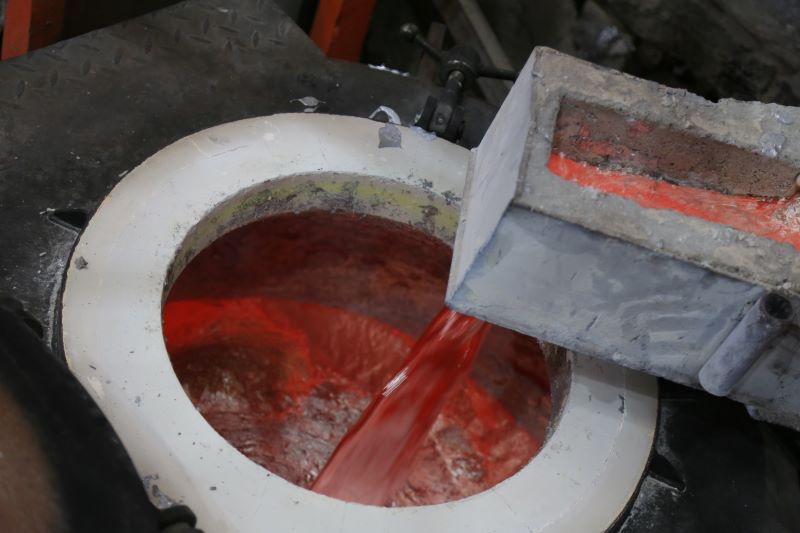Unlocking Aluminum’s Secrets: The Vital Role of Spectrometer Validation
Aluminum stands as a cornerstone of countless industries, its quality dictated by precise elemental composition. Dive into the world of aluminum analysis, where spectrometers like Atomic Absorption Spectrometers (AAS) and Inductively Coupled Plasma (ICP) spectrometers reign supreme. Explore why spectrometer validation is paramount in ensuring aluminum’s excellence.
The Crucial Role of Spectrometers in Aluminum Analysis
Spectrometers serve as guardians, detecting and quantifying elemental presence within aluminum. Their accuracy is paramount, guaranteeing compliance with industry standards for optimal performance in diverse applications.
The Validation Journey
Validating a spectrometer entails a meticulous journey:
- Calibration: Establishing the instrument’s response to known standards.
- Linearity: Ensuring proportional response to element concentration.
- Sensitivity: Determining the lowest detectable concentration.
- Accuracy: Cross-referencing with certified reference materials.
Navigating Validation Challenges
Validation encounters hurdles:
- Interference: External elements influencing target measurements.
- Matrix Effects: Sample composition impacting detection accuracy.
- Instrument Drift: Performance changes affecting results over time.
Embracing Technological Innovations
Recent breakthroughs in spectrometer tech revolutionize validation. Advanced calibration techniques and robust software algorithms enhance precision and reliability in aluminum analysis.
Conclusion: Ensuring Aluminum Excellence
Validating spectrometers is non-negotiable for safeguarding aluminum quality and integrity. As technology propels forward, spectrometer validation methods evolve, promising superior accuracy and efficiency in metal analysis.
For more detailed information on spectrometer validation methods and their application in aluminum analysis, scientific publications and industry-specific studies can provide in-depth insights12345.


